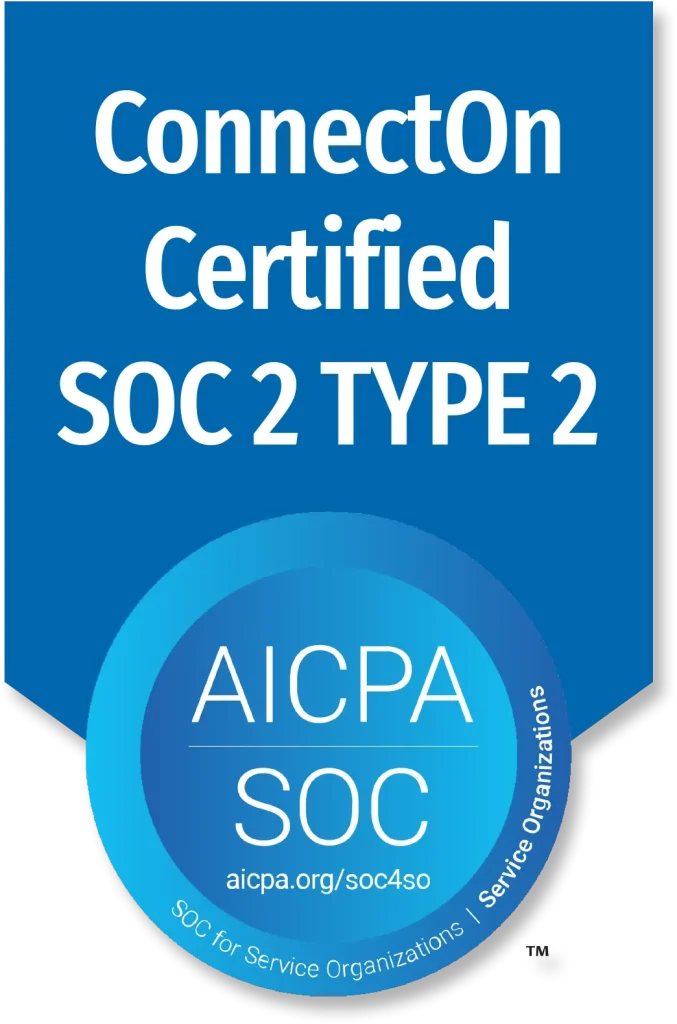Small to Midsize businesses must keep a keen eye on their spending in order to stay profitable. Budgeting of any kind isn’t fun or glamorous, but it is paramount to success. IT budgeting can become overwhelming because of the lack of understanding on a technical level and the pervasiveness of the systems you employ. These obstacles can lead to overspending, inefficiency, miscommunication, and ultimately a lower value product. Developing a clearly defined, smart IT budget can add value across your entire business while creating opportunities to stay competitive and grow despite change.
Below we will discuss 4 considerations to help you build a cost-effective IT budget:
- Rely on your trusted IT advisor. Technology can be complex, but your business’s IT needs do not have to be a mystery. A trustworthy, knowledgeable resource that will assist in creating your IT budget will save you time and a lot of money. Using unverified Internet resources will not give you a deeper understanding of how IT can truly help your business. Items they don’t factor in might be physical limitations, workplace culture, or your actual needs. Using a qualified IT consultant that can fully understand your business is a great investment.
- Reduce complacency that can control IT budget. In the past, IT has been a repair and replace game focused on maintaining status quo. Process and procedure haven’t changed so why should our software and hardware? This mindset can allow for opportunity to pass you by and your IT budget to inflate or be ignored. Frequently investigating trends in IT, especially by watching your competitors, gives you a fresh look at what’s out there that might increase your competitive advantage. Valuable IT ideas may come from unexpected sources, such as gadget-loving employees or social conversations. New technologies can be incorporated into your business often times without disrupting process and procedure and may increase productivity, in turn increasing revenue. New technology isn’t always more expensive, and proper incorporation into your workplace will inevitably provide great return on investment.
- Allow IT to work with your business, not against it. Aging technology and the wrong solutions may work against the natural tendencies of your employees and create frustration, inefficiency, and ultimately less value. Worst of all, this can negatively impact service and customer satisfaction. Location, use, time, and ease all come into play when taking a good hard look at how to strategically integrate technology into your business. Evaluating these nuances within your budget allows for more flexibility and fine-tuned allowances for departmental wants and needs.
- Define the role IT plays throughout your business. Having confused and misrepresented technology can be detrimental for not only your pockets, but for your business as a whole. Loosely worded purposes or goals, unnecessarily dynamic environments, and unknown employee and customer expectations all lead to unexpected costs and out of control budgets. Try asking questions like these:
- What is the business purpose?
- Why are we changing this?
- What specifically can technology do to help with this issue?
- What are we hoping the end result will be?
Questions like this will establish correct expectations, a realistic budget, and will keep costs contained which will result in an IT budget that is much easier to manage and more effective.
Making a plan for your IT budget will ensure you have the right tools to help you remain competitive. But, it’s not simply about blindly creating a budget, it’s about effectively leveraging knowledgeable and trustworthy consultants, monitoring trends, remaining open and flexible to change, and ensuring IT roles are clearly defined.
Does your company have an IT budget? How do you ensure you’re effectively integrating IT into your business without breaking the bank?



